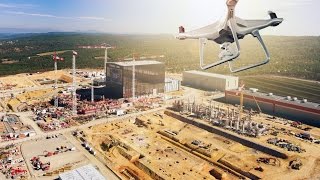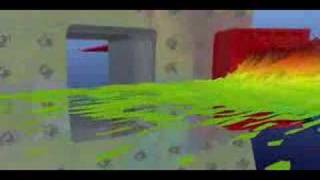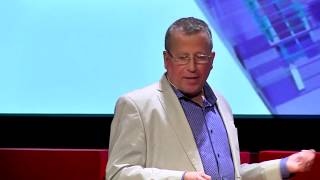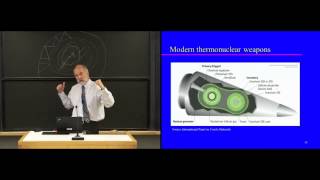Saturday, 27 December, 2025г.
















Где искать: по сайтам Запорожской области, статьи, видео ролики
пример: покупка автомобиля в Запорожье
Making A Star On Earth With ITER — A/Prof Matthew Hole, ISS2015
Mention nuclear energy and most people think of atomic power stations and atom bombs, and the term "splitting the atom". Each of these uses a type of nuclear reaction known as "fission", where a heavy atom — like Uranium — gets split into two lighter bits, and a whole bunch of energy is released as a result.
But there's another type of nuclear process that releases energy: nuclear fusion. Two lighter nuclei combine, or fuse, to form a heaver one. This happens continually inside stars, it's the source of all the light and heat (and everything else!) we get from the Sun.
If we could create controlled fusion here on Earth — in effect, make a tiny star and contain it somehow — we could use the energy for electricity. But, as Matthew Hole from ANU tells us in this talk, the engineering and scientific problems are huge.
For Part II of Matthew's talk: https://youtu.be/WtJUtt7HbxA
Associate Professor Matthew Hole from the Australian National University and the Australian ITER Forum, speaking to students at the 38th Professor Harry Messel International Science School, ISS2015: BIG — The University of Sydney, Australia, July 2015.
For more information about the ISS program: http://sydney.edu.au/science/iss
For more info about ITER and fusion energy: https://www.iter.org
Теги:
ISS2015 Sydney (City/Town/Village) Australia (Country) Harry messel Nuclear Power (Industry) Fusion ITER (Organization) Plasma (Phase Of Matter) Physics (Field Of Study) Science Energy (Industry)
Похожие видео
Мой аккаунт


 У вашего броузера проблема в совместимости с HTML5
У вашего броузера проблема в совместимости с HTML5


